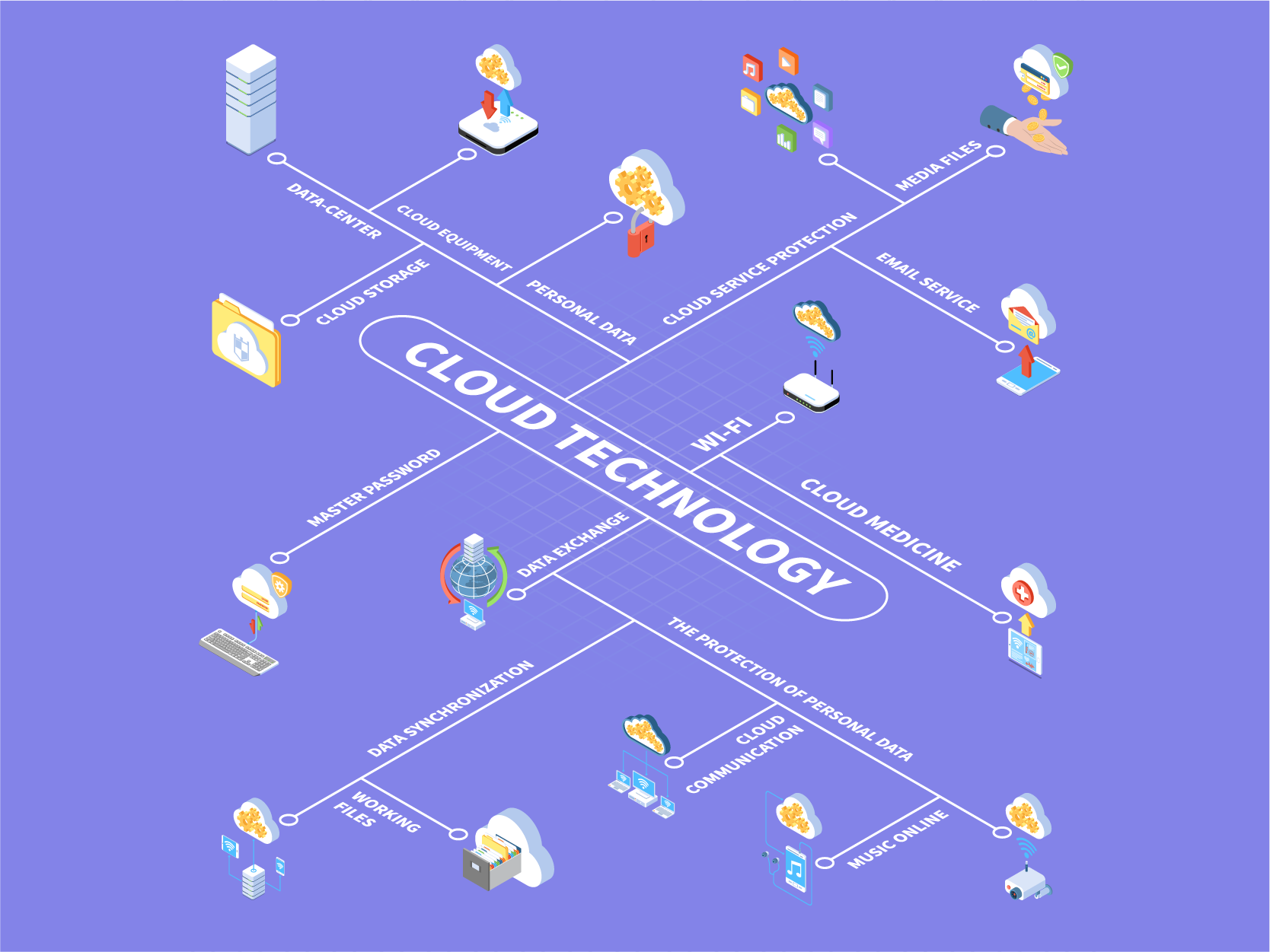It’s always important to deliver high-quality software at a competitive price that will also leave space for gaining profits. However, the cost of software development can quickly add up, making it difficult to maintain a stable financial flow.
So, the question is: how do you optimize your development budget without sacrificing development quality and speed?
In this article, we’ll go through the main principles and exact tactics to help you reduce your software development costs in the right and strategic way.
In this article:
How to Reduce Costs in a Way That Will Future-Proof Your Business
To optimize the cost of development, there may be a temptation to choose the simplest ways, such as:
- Cut corners by skipping important steps in the development process (e.g., testing or research), which may result in software with major defects and issues.
- Use low-quality resources: subpar or outdated development tools or cheap, inexperienced freelancers. This may also lead to lower-quality software but also to longer development cycles, and even higher final software costs.
- Ignore long-term goals. When focusing solely on reducing costs, long-term goals, such as scalability, maintainability, and extensibility, may be put on the back burner. This can result in software that is difficult to scale, maintain, or modify in the future.
On the other hand, a well-thought cost reduction strategy may not only save money today but also future-proof your business and help the company grow in the long run. And here’s how it happens.
9 Tactics for Smart Software Cost Reduction
1. Decreasing Employee Expenditures
Personnel costs take up a major chunk of any IT development project. There’s not much you can do about it because qualified professionals are always costly, but you may still consider some ways to save money:
- Considering remote work as the primary set-up will help you reduce costs associated with office space and equipment, as well as transportation and other expenses.
- Automation of repetitive tasks and paper-based processes (e.g., accounting).
You may also consider cost reductions in some uncritical areas, such as travel or educational expenses, but it’s important to strike a balance between cost saving and providing the benefits your employees will appreciate.
2. Reducing Employee Turnover

Hiring and onboarding new employees may be a drain on your overall budget. You have to pay a recruiter. You have to pay your new employee during their onboarding time. And also, you have to pay someone who is training them. Add your lost profit compared to an experienced employee working on the same tasks, and you’ll understand why so many companies try hard to retain their employees.
Here are some tips on how to reduce employee turnover and help the company reduce software development costs:
- Improve job satisfaction. Employees are more likely to stay with an organization if they are happy with their job. Based on observations and feedback, provide more of what your employees appreciate: a healthy, respectful atmosphere, work-life balance, career growth opportunities, recognition for good performance, and so on.
- Build strong relationships within the team. Relationships with management and other team members are one of the most important factors in employee retention. To improve this, collect feedback, provide recognition for good performance, address employee concerns, and build a positive work culture.
It’s also useful to conduct exit interviews with employees who are leaving your company to identify the reasons for their departure. Use this information to make improvements to the work environment and address any issues that may be contributing to turnover.

By the way
Organizational Structures Of IT Department
Choose the most suitable way to evolve with our expert study
Discover more3. Outsourcing IT Staff and Services
It’s often cheaper to hire third-party vendors for custom software development and support rather than maintaining an in-house IT team. It’s especially true if your main office is based in a country with a high cost of living. In this case, a popular and justified option would be to consider hiring off-shore developers.
And here’s how to do it right:
- Clearly define your requirements. Before outsourcing anything, it's important to specify your scope of services and requirements on different levels, which will help you find the most suitable and efficient vendors:
- Project level — identify the specific projects or services you want to outsource, their scope of work, objectives, expected deliverables, and timelines.
- Quality level — define the quality standards the outsourcing provider must adhere to. Make them clearly defined, measurable, and manageable.
- Security level — identify the security requirements for the outsourcing project, including data protection, confidentiality, and access controls.
- Change management level — identify how changes may be requested, evaluated, approved, and implemented.
- Research potential vendors thoroughly to choose the team that has the necessary expertise, experience, and resources to provide the services you need. Consider factors such as reputation, track record, customer reviews, and offshore software development rates by country.
- Develop a detailed contract. Don’t just download and use a typical contract—develop your own that will outline the scope of the services, service level agreements (SLAs), and pricing.
Outsourcing is a common practice to reduce software development costs, and even if you can’t trust all of your development to a third-party development team, there’s a high chance some parts of the process can be outsourced.
Many of our customers are international companies from different industries: fintech, edtech, retail, real estate, healthcare, and much more, who value not only our pricing policies but also professionalism and attitude. We approach every project as our own and suggest the most efficient solutions that often help additional cost reductions.

Contact us to discuss your project and get a quote.
4. Using Third-Party Services
It’s often possible to find existing third-party services and use them for a much cheaper price compared to software development costs.
Here are some popular examples:
- Authentication and authorization: Cognito, Firebase, Auth0
- Chat functionality: PubNub, GetStream
- Video/audio distribution: MUX
- Admin panels: Nova, AdminBro, OpenBlocks
One mistake to avoid is choosing a vendor solely based on the lowest price. While cost is a significant factor, it's important to consider the quality of the services provided and the level of support offered. Additionally, it's important to ensure the chosen third-party services are fully integrated into your existing IT infrastructure to prevent any disruptions or compatibility issues.
5. Virtualization
Using technology to create virtual versions of hardware, software, and network resources may also help you reasonably cut hardware costs. Resource utilization, reducing hardware and maintenance costs, providing better disaster recovery capabilities, and reducing energy consumption—it’s what virtualization may bring you, helping your organization do more with less.
Here’s how you can do it:
- Identify the IT resources that can be virtualized, such as servers, storage, networks, and applications.
- Choose the technologies based on your requirements and budget. Some popular virtualization technologies include virtual machines, containers, and software-defined networks.
- Plan and design the virtualized environment. This includes selecting hardware, software, and networking components, as well as designing the virtualized infrastructure.
- Migrate applications and services to the virtualized environment using a phased approach. This includes testing and validating applications and services to ensure they perform as expected in the new setup.
As with any new technology implementation, virtualization comes with certain risks, such as security breaches and performance issues. It's important to consider these risks and implement the necessary security measures and performance monitoring.
6. Integrating Hybrid Cloud Technology

Using hybrid cloud services means having two types of clouds that work together. One cloud is open to everyone and can be really big, while the other cloud is smaller, more secure, and is used for internal needs. By using both clouds, your company can save money, work faster, and keep important information safe.
To implement this approach for reducing software development costs, you’ll need to:
- Identify your cloud strategy. Determine which workloads and applications are suitable for a public or private cloud, as well as the data sensitivity and security requirements for both.
- Choose cloud solutions based on your organization's requirements and budget.
- Design the hybrid cloud architecture, including connectivity, data flow, security, and governance. Determine which applications and data will be hosted in which cloud environment and how they will be integrated.
- Ensure security and compliance. This includes securing data in transit and at rest, ensuring access controls are in place, and monitoring activity in the hybrid cloud environment.
As a result, you’ll be able to optimize your costs by reducing capital expenses for hardware and also by leveraging the elasticity of the public cloud, such as scaling up or down.

On the topic
The Benefits Of Custom Software Development
Tailor-made or off-the-shelf? Discover all pros and cons in this article
Read now7. IT Standardization
IT standardization means establishing a set of rules and guidelines for the use of technology within an organization. This helps optimize IT budgets in the long run by ensuring employees are using the same hardware and software in the same way, which makes it easier to manage and maintain IT systems.
And here’s how to do it right to reduce software development spending in your company:
- Develop a set of guidelines that are easy to understand and follow.
- Involve employees in the process. It's important to collect feedback from employees and involve them in the process of developing the standards to ensure the suggested improvements are practical and can be easily implemented.
- Be flexible and open to revising and updating the standards as needed.
- Consider the needs of different departments of your organization.
- Develop a process for managing the standards over time. This can include regular reviews, updates, and enforcement procedures.
Overall, IT standardization is about creating a more efficient and cost-effective IT environment by establishing clear and consistent guidelines for the smarter use of technology.


Thank you for Subscription!
8. Opting for Open-Source Software
Open-source software can be a good way of cutting costs compared to using proprietary software because it is often free and does not require licensing fees. Of course, it’s important to choose high-quality solutions with a good reputation, and if applied smartly, this approach can save quite a bit of your yearly budget.
To make it work as expected and promote smart software cost reduction, follow this advice:
- Evaluate your technology needs. Before selecting a specific open-source software to implement, always evaluate your company’s needs first and determine if open-source options can meet your requirements.
- Consider the community. A strong community that supports open-source software can provide ongoing support and development of the software, which is a huge benefit.
- Consider the level of support and maintenance required. Open-source software often requires more self-support and self-maintenance, and a company should be prepared to invest time and resources in managing the software. So, it’s often a question of balance and good math.
Some people assume that “open-source” always means low quality. But many reliable open-source solutions are used by IT departments worldwide, such as Nginx, Postgres, OpenVPN, OpenLDAP directory server, and much more.
9. Consolidating Systems

Consolidating means examining all the different systems, software, and technologies that a company is using and figuring out if there are any that can be combined or eliminated.
For example, imagine you work at a company with multiple offices, and each office has its own computer network, email system, and file storage. Consolidating those separate systems into a single, centralized system that everyone can access means not only reducing costs but also improving business efficiency and saving time for your employees.
And here are the hows:
- Conduct an inventory of systems. The first step is to conduct a comprehensive inventory of all systems, applications, and technologies in use across the company. This will help identify any redundancies or inefficiencies.
- Evaluate the systems to determine which systems are inefficient, duplicated, or can be improved. This can be done by looking at the system's usage, performance, and cost.
- Develop a consolidation plan. The plan should include specific actions, timelines, and responsible parties not only for the migration itself but also for necessary checks and employee training.
- Migrate data and users. Consolidating systems may require migrating data and users to new systems. It is important to plan and communicate this process carefully to minimize disruption to users and ensure data is migrated securely.
One important thing to consider: avoid sacrificing functionality in favor of cost saving. The consolidation should not negatively impact the company's ability to perform essential functions; on the contrary, it should improve the processes’ efficiency and transparency.
Quick health check
Is your business analysis good enough? Are you sure? Check out how your company is doing
Conclusion
Running an IT business is always connected with significant costs, but there are also ways to optimize budgets without compromising on quality, such as reducing employee turnover, outsourcing IT services to a reliable third party to decrease software development costs, IT standardization, and others.
By implementing a thoughtful software cost reduction strategy and weighted cost management, your company can not only save money but also improve business process efficiency and performance.





















